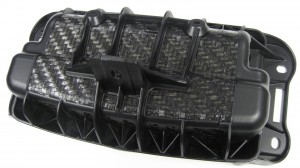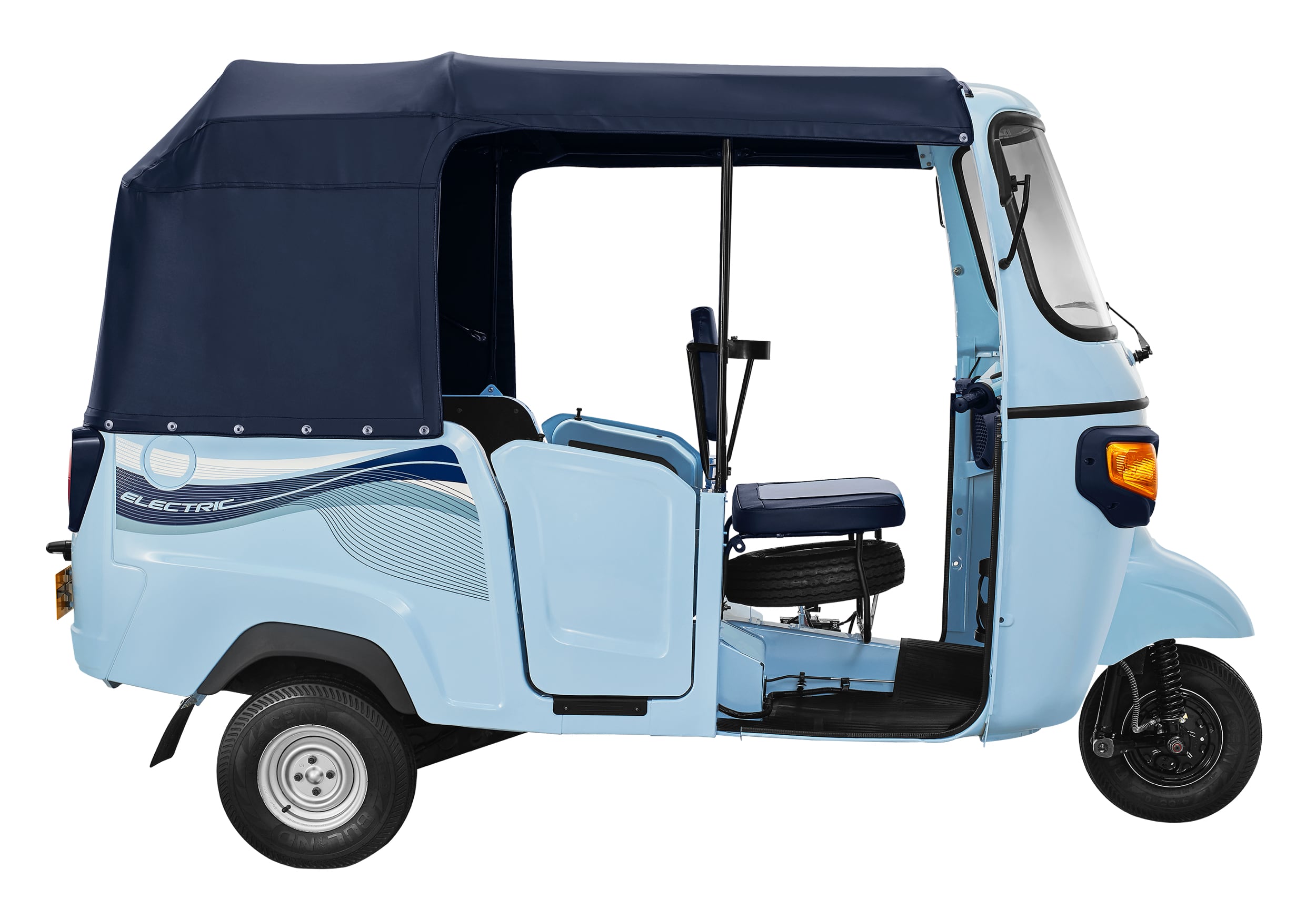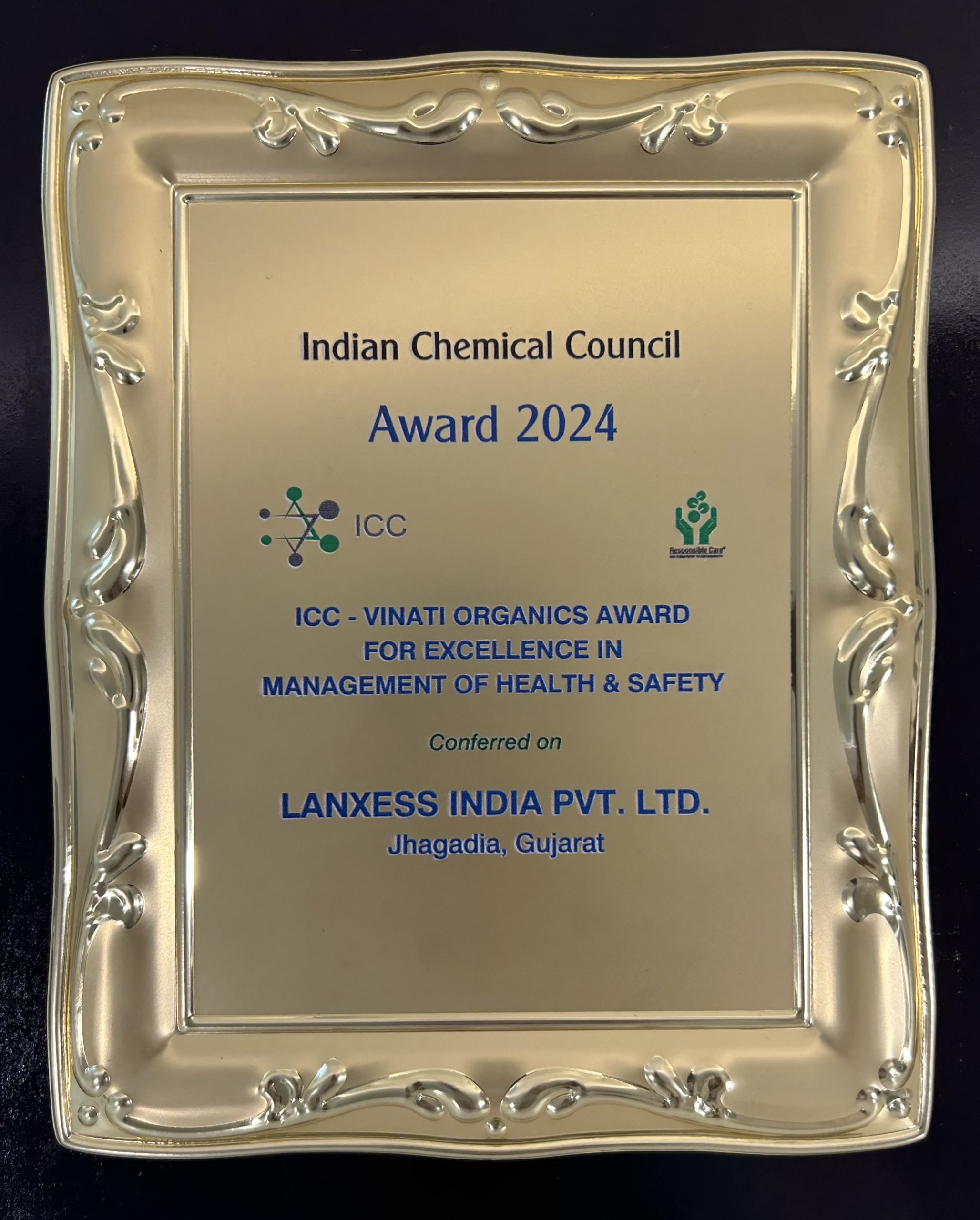While airbag is one of the most important safety device in a car, it is often not the most considered while buying a car. It is unfortunate that some of India’s most popular and fastest selling cars come without airbags. A recent Global study by the New Car Assessment Program (NCAP) revealed that 1/5th of all cars sold in India aren’t safe for either adult drivers or child passengers in the rear. The report also said that the mere installation of airbags can get the cars a much better safety rating. Often consumers of such cars are willing to pay extra for aesthetic enhancements while ignoring a critically important safety feature – the airbag. Inspite of the airbag deployment being covered under insurance, buyers are reluctant to fork out that extra money for the sake of safety.
 Over the years, the number of vehicles on the road have significantly increased and so have the risks for fatal accidents every year. Despite the fact that India is a production hub for small cars and also a major global market for cars, the levels of safety are 20 years behind the five-star standards in other important car markets across the world. Basic safety features in a car airbags, for example, are provided in developed car markets whereas are notably missing in the Indian car market.
Over the years, the number of vehicles on the road have significantly increased and so have the risks for fatal accidents every year. Despite the fact that India is a production hub for small cars and also a major global market for cars, the levels of safety are 20 years behind the five-star standards in other important car markets across the world. Basic safety features in a car airbags, for example, are provided in developed car markets whereas are notably missing in the Indian car market.
“Absence of airbags is putting the lives of Indian car users at risk. Car users should know how safe or unsafe their vehicles are and opt for at least the basic levels of safety, that customers in other parts of the world get as minimum standard”, says Sushmita Datta, Head of High Performance Material Business Unit in India.
The current situation in India is likely to see a change by way of regulations. Coinciding with the Global NCAP tests, a leading car manufacturer has decided to withdraw the non-airbag version of a one of its leading brands from sale in India. Though the regulatory environment in India is complex and fluid, safety regulation by the European Commission – Electromagnetic compatibility (EMC) is likely to be made mandatory, from October 2015. The EMC compliance is insisted to prevent EMI (electromagnetic interference) problems in future and enable Indian manufacturers to meet various standard requirements. Additionally, the introduction of Corporate Average Fuel Economy (CAFÉ) regulations which are the application of fuel economy labels for vehicles have also been proposed. Once these safety regulations are introduced in India, car manufacturers will be required to comply with the standards which will make installation of airbags and anti-braking systems mandatory.
Given this development and the rising need for safety, air bags will soon be an indispensable feature in Indian passenger cars. In an airbag module, a very important role is played by the airbag housing. The airbag housing accommodates the gas generator and the folded airbag. Until now, such components were made mainly of steel, aluminum, or by the injection molding of thermoplastics. The LANXESS’ polyamide composite sheet hybrid technology offers a value-added alternative over metals with regard to reducing the weight of structural parts which are subjected to high mechanical loads. Also, in comparison with polyamide 6, use of polyamide composite sheet cuts the weight of the housing by over 30 percent.
High strength and stiffness
When the airbag is triggered in an accident, the base and walls of the housing must be able to withstand the explosion and the pressure during inflation of the airbag. Although the side walls are so thin, they can withstand the sudden pressure because of the high strength and stiffness of the hybrid polyamide composite sheet. Polyamide composite sheet hybrid technology is generally suitable for all plastic automotive parts where high stiffness and strength are required in combination with low weight. Hybrid Brake Pedal is one such example.
Wall thicknesses significantly reduced
In this concept housing for the passenger airbag, the long side walls are made of molded Tepex dynalite 102 RG 600 from Bond-Laminates, now a LANXESS subsidiary. This polyamide composite sheet of polyamide 6, reinforced with 47 percent continuous glass fibers by volume, is back-injected and reinforced in certain areas with Durethan DP BKV 240 H2.0, an impact-modified polyamide 6 copolymer from LANXESS. The design using polyamide composite sheet hybrid technology enables the wall thickness of the side walls to be reduced from 3 to 4 mm to 0.5 to 1 mm, resulting in considerable cost saving.
HiAnt – precise simulation of all process steps
LANXESS can accurately simulate all steps of the process in the manufacture of polyamide composite sheet hybrid parts – including the highly complex processes involved in forming the polyamide composite sheet. For the airbag housing, LANXESS is able to calculate the different local fiber alignments in shaped polyamide composite sheets in order to account for their anisotropic behavior at the part design stage. This expertise is part of the HiAnt brand, in which the High Performance business unit has pooled the know-how it has developed in materials, design, simulation and process technology to deliver tailored customer service.
Green mobility – a core strategic topic at LANXESS
LANXESS has always focused on the strategic subject of green mobility. The aim is to focus on innovative technologies and products with which the specialty chemicals group can help to enable resource-saving, environmentally friendly, sustainable mobility, such as lightweight construction concepts for body parts or high-performance rubber for the manufacture of smooth running, fuel-saving green tires.












Leave a Reply